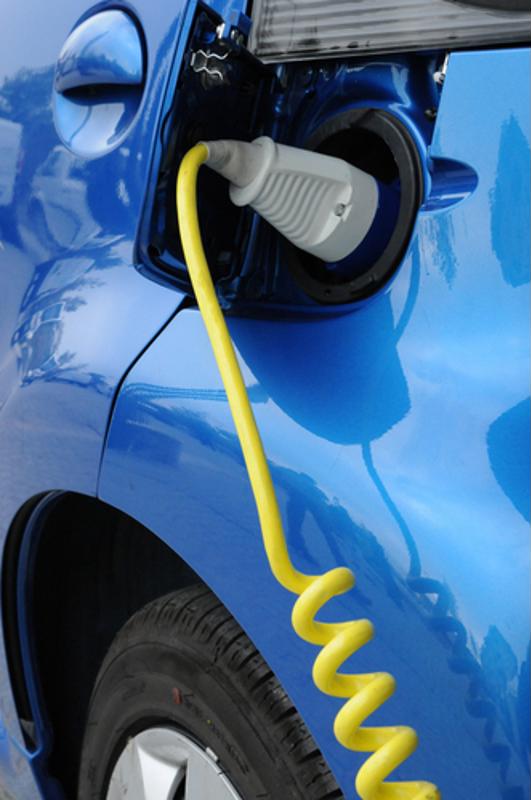

As vehicles become more energy-efficient and eco-friendly, new braking systems receive updates to keep up. One such system that's been improved since its introduction is regenerative braking, which can recover 5 to 20 percent of transmitted energy to be reused in the car battery or stored as electricity, as a recent report from Future Market Insights indicated.
While the industry has been somewhat wary of regenerative brakes because of their inability to fully emulate traditional brake function for drivers, advancements are about to be introduced in new electric car models that could keep pushing these brakes forward.
How do regenerative brakes work?
When you're driving along and you push down traditional brakes, the brake pads slow the car by pressing down and creating friction with the rotors. Regenerative brakes work by actually putting the electric motor into reverse mode which slows or stops the wheels, as HowStuffWorks explains. The energy created during the braking process is then fed back into the car's battery to recharge it.
Regenerative brakes were created so that the energy wasted when brakes are applied can be reused. These brakes are often used in hybrid vehicles and electric cars, which need all the battery power they can get.
But regenerative brakes can also be a little clunky. Forbes said that the brakes "tend to be harsh, grabby, and can even dramatically lurch a vehicle to a stop." As electric cars continue to make an impact on the market, new technologies are being introduced to improve braking for electric cars.

Trends and improvements
Audi is releasing its electric SUV soon, the E-tron, which employs a new technology to help regenerative braking: brake-by-wire. The Drive reported that it's the first fully electric car to include this technology, which engages a electrohydraulic system. The car's computer controls the system, and it still doesn't involve traditional brake pads. But it responds based on how much pressure the driver applies to the brake pedal. The system generates 30 percent of the car's range.
So how does it work? First, there's a fluid-filled brake cylinder that responds based on pressure sensors that determine what level of force is required. The system communicates with other controls within the vehicle, making a determination about whether regenerative brakes can be used on their own or whether the hydraulic brakes need to be engaged.
The Drive also said that a simulator pushes back on the brake pedal when the driver pushes down so that it has a similar feel to operating traditional brakes.
In case the brake-by-wire system fails, there's also a mechanical brake system that acts as a backup and can detect whether or not the wire system is working.
The brake-by-wire system could be just what regenerative brakes need to keep up with electric car developments. The new year may bring more introductions of this technology. Popular Mechanics says that Toyota has been using the technology in its hybrid vehicles for years, as have Formula 1 race cars, and that the technology is likely to be implemented in many more vehicles in the next few years.
To ensure brakes and related components are manufactured up to exacting standards, request a complimentary brake testing consultation from Greening.